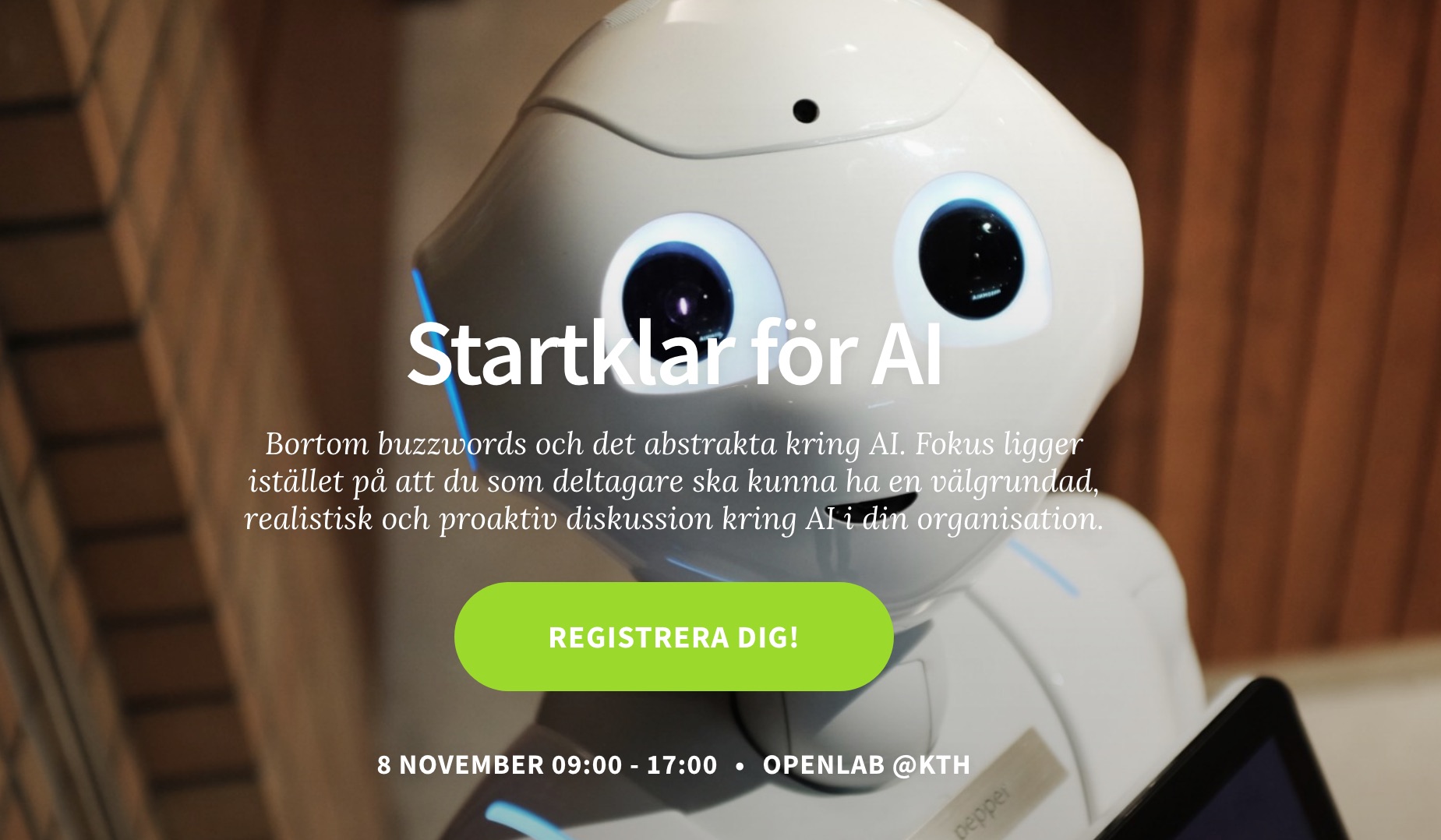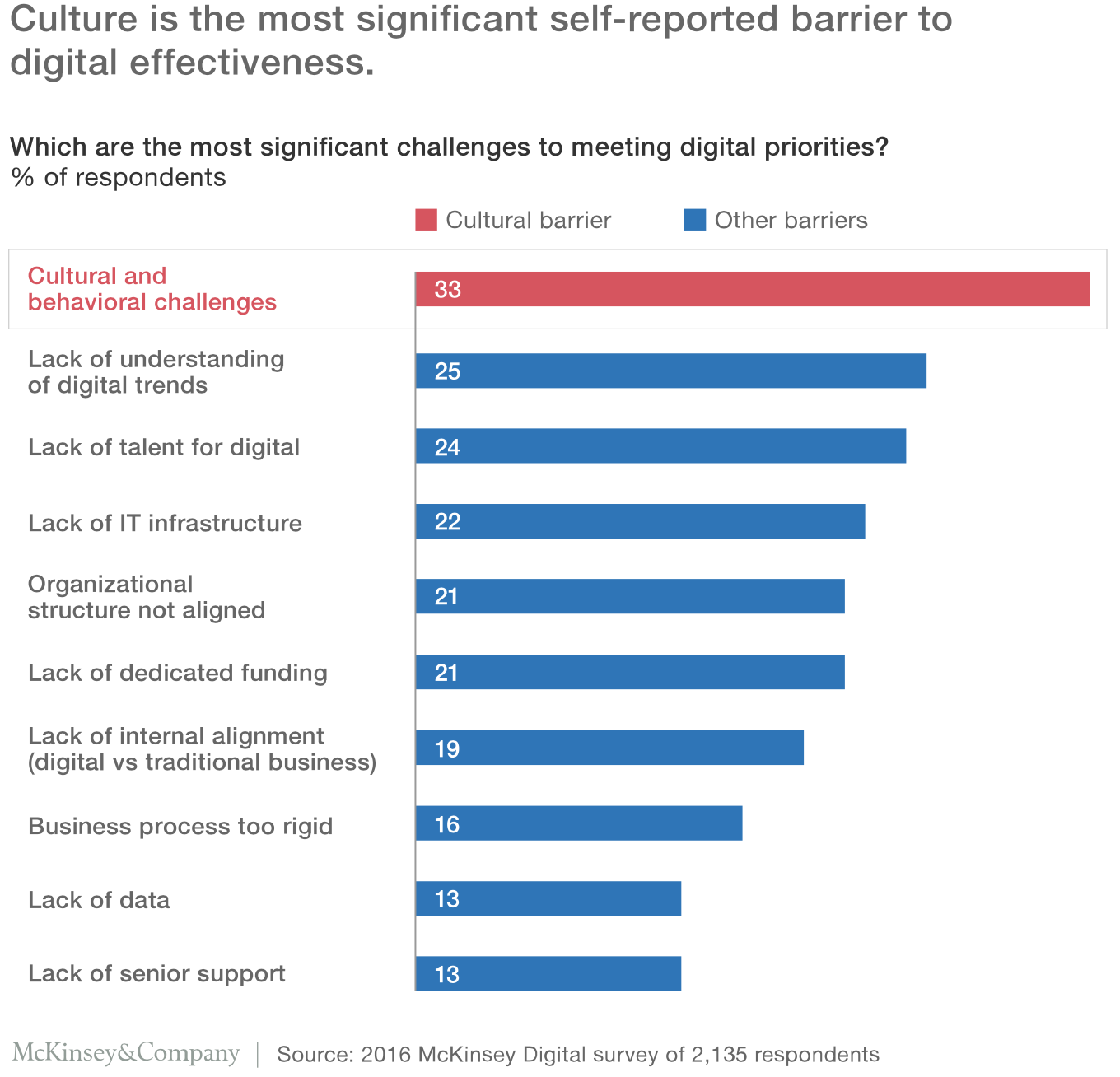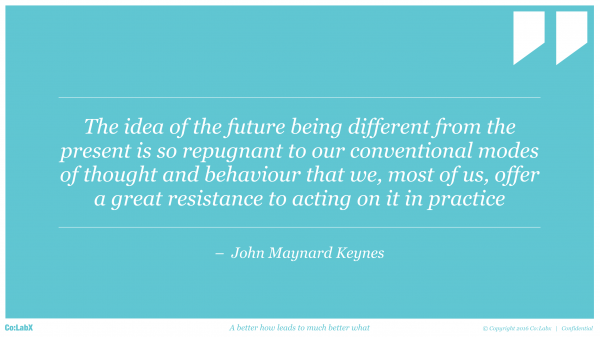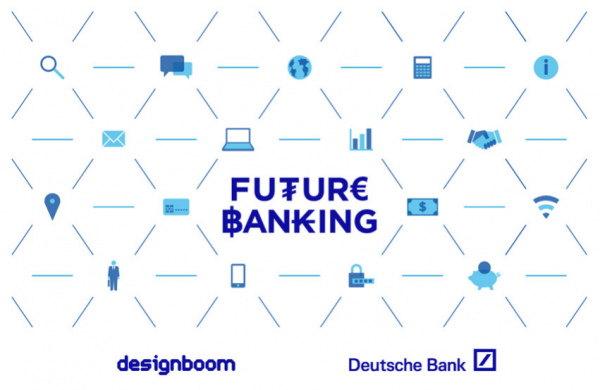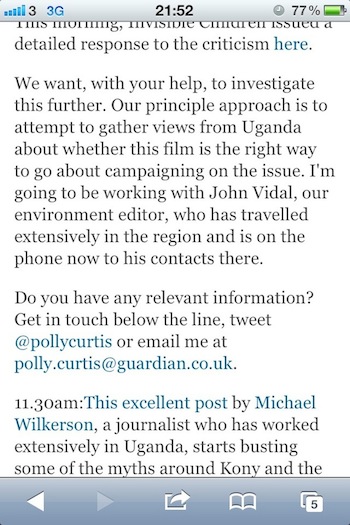Eller lite mer utförligt: finns det en risk att vi (i onödan) slösar bort dyrbar tid på AI-frågan, precis som vi gjorde med “digitaliseringsfrågan” när det begav sig? Kort svar: ja, risken är överhängande. (För den stressade: förslag på en del av lösningen.)
I snart 15 år har jag på olika sätt arbetat med frågor kring digital teknik, nya beteenden, digitalisering, affärstransformation – det finns många namn. Gemensamt för arbetet, oavsett projektets plats i en organisation, har varit att det handlat om något nytt. Det var magiskt. Digitalt, svepande utryckt, löste det mesta. Specialister anställdes, som i ett slags vakuum skulle ansvara för och driva den digitala frågan. Dessa satt rätt ofta på marknad. Där var man framåtlutad. Buzzwords haglade som knott en sommarkväll.

Under en lång period, och i vissa fall pågår detta tyvärr ännu, slösades otroligt mycket tid. Avdelningar såg på saker och ting helt annorlunda. Inte för att det som en naturlag faktiskt var så, utan för att man lät det bli så. För att göra en lång historia kort, här är en förenklad diagnos på denna tid: dels de många specialisterna på olika avdelningar med olika drivkrafter, prestige och incitament. Helt klart ett mellanchefsproblem. Men en minst lika stor anledning är hur generalister underskattades. Det ser vi tydligt så här i efterhand. Det krävs kunskap och förståelse överallt. Ligamenten, lederna, synapserna, broarna. Kittet.
Nu är vi nog tyvärr där igen. Denna gång är fokusämnet AI. Det går inte en dag utan en AI-nyhet. Den ena sexigare och mer visionär än den andra. Det finns inte ett företag där ute som inte talar om AI. I vårt dagliga konsultarbete i en mängd branscher dyker ämnet upp titt som tätt. Det finns inte ett startupbolag i världen (känns det som) som inte hävdar att deras lösning bygger på AI (vilket de ofta inte alls gör). Förståsigpåarna blir fler och fler. Jag vill då bestämt inte framstå som en. Men jag gör vad jag kan för att försöka förstå vad det handlar om, och lika mycket vad det inte handlar om, samt hoppas ha fingertoppskänslan att balansera rätt. Slå till mig annars. Förhoppningsvis blir jag en god generalist med ett bra nätverk av specialister. För det, vill jag lova, behövs där ute. Generalister. Denna gång måste de vara på plats i tid, i alla de olika delarna av företaget. Det är arbetshypotesen.
Så nu tänker vi på Co:LabX att vi flippar på specialiststeken och fokuserar på detta med generalister. Vad gör man först av allt? Research och tar en massa möten. Vad gör man sen? En pilot. Och här är den. En 1,5-dagars utbildning för att bli generellt sett Startklar för AI.
